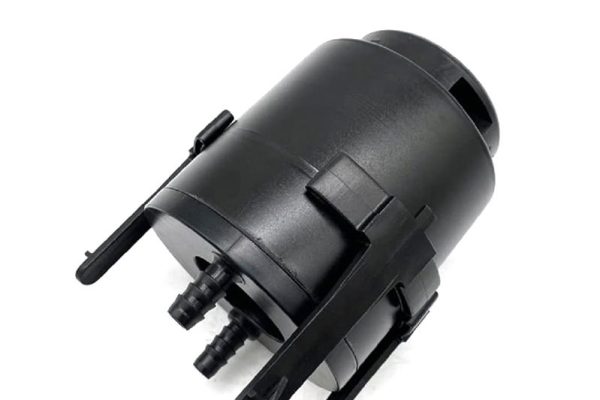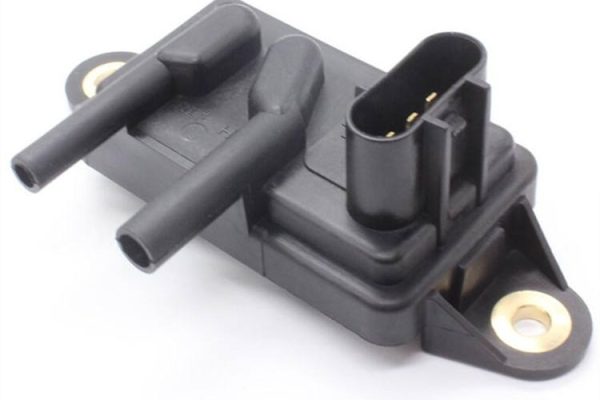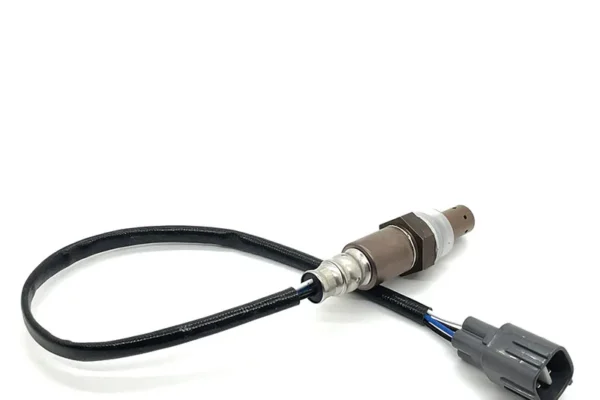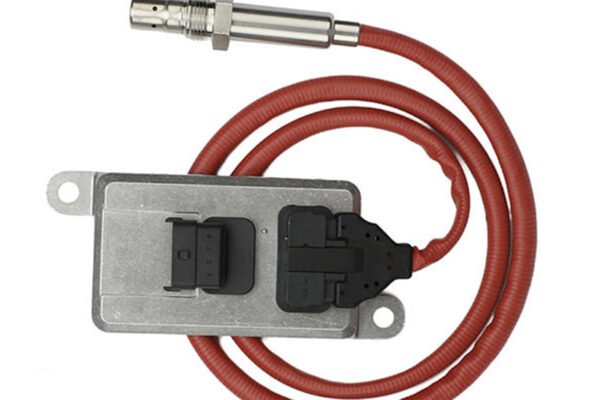A turbo solenoid valve controls how air moves to the turbocharger. This lets you control boost pressure very well. The part helps your engine give the best power and use fuel well. By controlling boost, the system also helps lower pollution. It also keeps important parts safe from too much stress.
Turbo Solenoid Valve Function
Turbocharger Control Basics
A turbocharger pushes more air into the engine. This helps the engine burn more fuel and make more power. The system uses a boost solenoid valve to control air pressure. The boost solenoid valve works like a gate for air pressure in the turbocharger. If the engine needs more power, the boost solenoid valve opens for more boost. If less power is needed, the valve closes to lower boost. This careful control gives the turbocharger the right boost at the right time. For example, a turbo solenoid valve for Nissan is designed to deliver precise boost control for both performance and fuel efficiency across different driving conditions.
The turbo solenoid valve links to the turbo actuator and wastegate. The actuator uses air pressure to move the wastegate. The wastegate controls how much exhaust goes through the turbocharger. By controlling the wastegate, the turbo solenoid valve manages boost pressure. This keeps the engine safe from too much boost, which can hurt it. It also helps the turbocharger work well and safely. Tip: Good turbocharger control keeps your engine smooth and helps you avoid expensive repairs.
How the Boost Solenoid Valve Works
The boost solenoid valve works like an electronic switch. The engine control unit (ECU) sends signals to the boost solenoid valve. It does this based on engine load, speed, and throttle position. When the ECU sees the engine needs more boost, it turns on the boost solenoid valve. This lets pressurized air go to the turbo actuator. The actuator moves the wastegate to give more boost.
If the engine does not need extra power, the ECU tells the boost solenoid valve to close. This lowers air pressure to the actuator, so the wastegate opens and reduces boost. The boost solenoid valve reacts fast to changes while driving. This quick action helps the turbocharger give smooth and exact boost.
The turbocharger solenoid valve helps protect the engine. By controlling boost pressure, the valve stops overboost. Overboost can cause engine knock, high exhaust heat, and even engine failure. The boost solenoid valve keeps the turbocharger working safely.
Modern turbocharger solenoid valves work with advanced systems like variable geometry turbos. These systems use moving vanes inside the turbocharger to change exhaust flow. The boost solenoid valve helps control these vanes for better boost delivery. This technology makes the engine work better and use fuel more efficiently at different speeds.

ECU and Actuator Interaction
The ECU is the brain of the turbocharger control system. It checks engine sensors all the time to find the best boost level. The ECU sends signals to the boost solenoid valve to open or close it. The boost solenoid valve then sends air pressure to the turbo actuator.
The actuator gets this air pressure and moves the wastegate or vanes in the turbocharger. This changes how much boost the turbocharger makes. The turbocharger solenoid valve makes sure the actuator moves quickly and correctly when the ECU gives commands. Note: Fast and correct signals between the ECU, boost solenoid valve, and actuator are needed for the turbocharger to work its best.
Variable geometry turbochargers need the turbocharger solenoid valve for exact control. A turbo solenoid valve for BMW is engineered to work seamlessly with advanced ECU mapping and variable geometry turbo systems to ensure smooth power delivery and reduced emissions. The valve moves the vanes to match what the engine needs. This lets the turbocharger give strong boost at low speeds and stay efficient at high speeds. You get better performance, better fuel use, and lower emissions.
The turbocharger solenoid valve also helps meet tough emission rules. By controlling boost pressure, the valve helps the engine burn fuel cleanly. This lowers harmful exhaust gases and helps the environment.
Key Functions of the Turbo Solenoid Valve System:
| Component | Function |
| Boost Solenoid Valve | Controls air pressure to actuator for boost control |
| Turbo Actuator | Moves wastegate or vanes based on air pressure |
| Wastegate/Variable Vanes | Regulates exhaust flow and boost |
| ECU | Sends signals to solenoid for precise control |
A good turbocharger solenoid valve is important for any turbocharged engine. It makes sure the turbocharger gives the right boost for every drive. This control gives better engine performance, better efficiency, and longer life for parts.
Importance and Failure Symptoms
Engine Performance and Efficiency
A working turbo solenoid valve is very important for your engine. It controls boost pressure so the turbocharger can give more power when needed. If the boost solenoid valve works right, the engine reacts fast when you press the gas. This means you get smooth speed changes and better gas mileage. The turbocharger solenoid valve makes sure the engine gets just the right boost. This helps the engine run well in all kinds of driving. Good boost control also keeps the engine safe from too much stress. This helps the engine last longer.
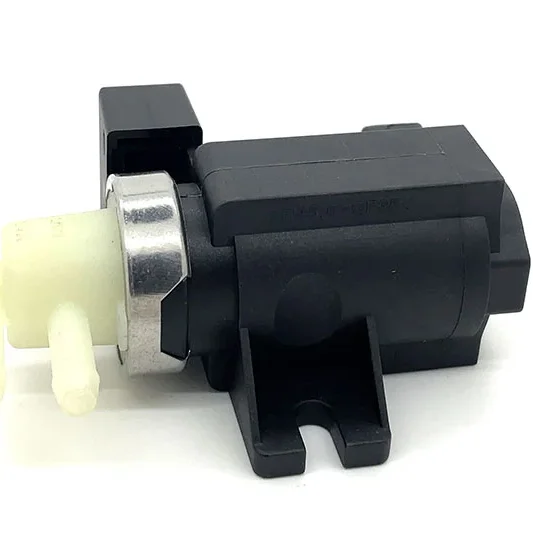
Emissions and System Protection
The turbocharger solenoid valve helps the engine meet tough emission rules. By controlling boost pressure, it helps burn fuel all the way. This lowers bad exhaust gases. The turbocharger wastegate solenoid stops overboost. This protects the turbocharger and other engine parts from harm. Good control keeps the engine cleaner and helps companies follow laws. Managing boost well also means fewer expensive repairs and less time fixing things.
Signs of a Faulty Turbo Solenoid Valve
If the boost solenoid valve breaks, you might notice these signs:
- You lose boost or the boost acts strange
- The engine feels weak and slow to speed up
- You use more gas than normal
- The check engine light comes on
- The turbocharger makes weird sounds
If you ignore these signs, the engine can get worse. Aftermarket turbocharger solenoid valves can fix the problem and keep things working right. Checking and changing bad parts often helps your engine work its best and saves money.
Conclusion
A turbo solenoid valve helps the turbocharger work well. It makes sure the engine runs strong and smooth. Checking it often helps you find problems early.
To keep things working right, get regular checkups. Talk to a skilled mechanic if you see any warning signs. This helps your engine stay efficient and saves you money.



